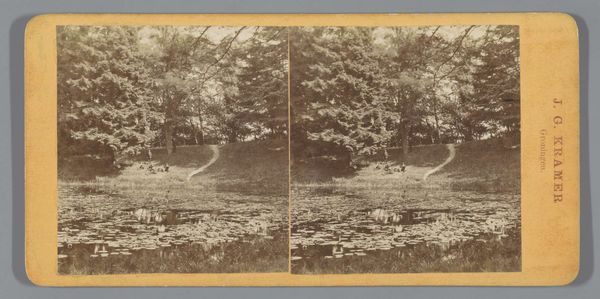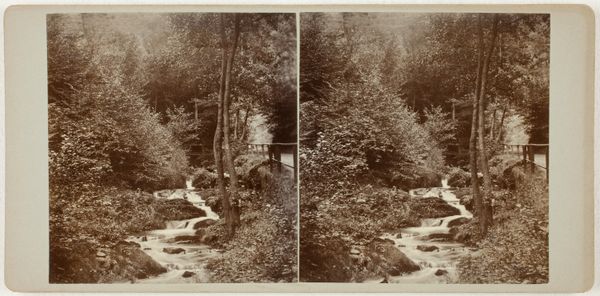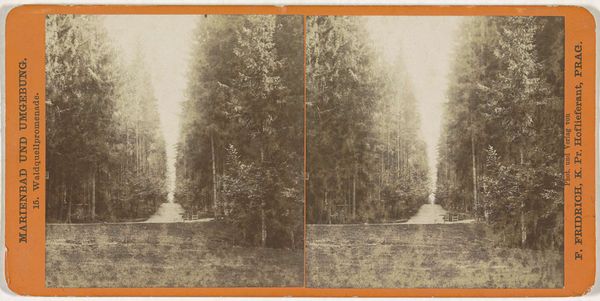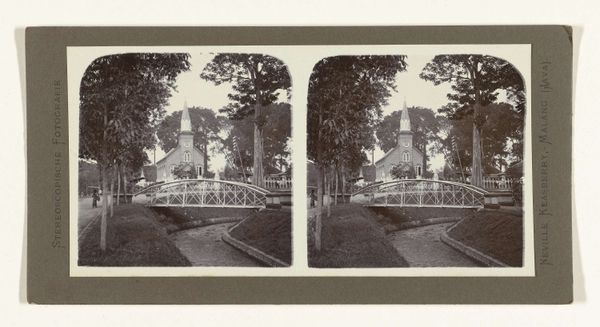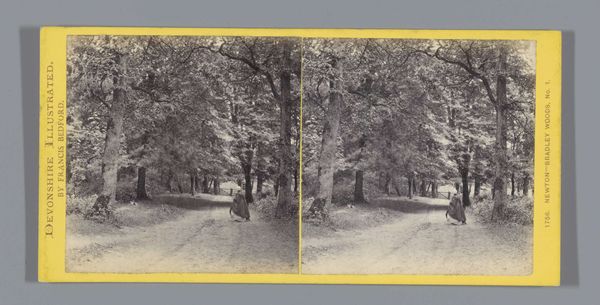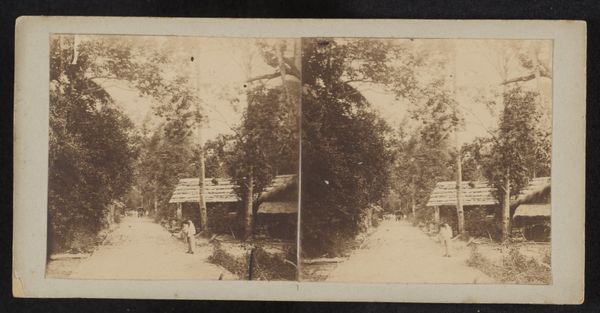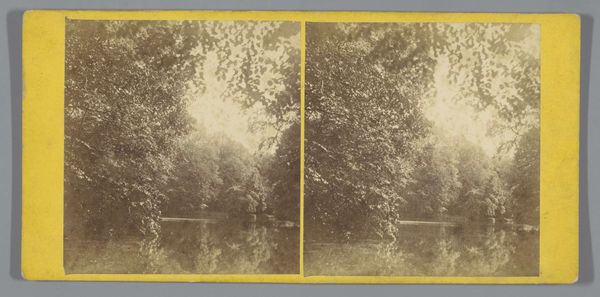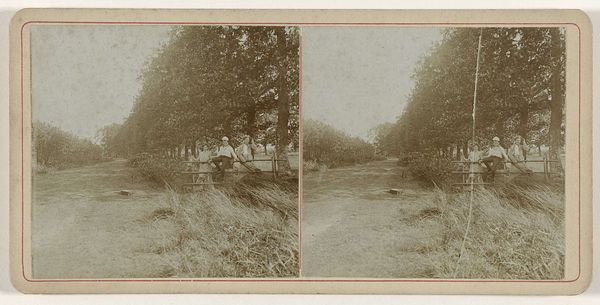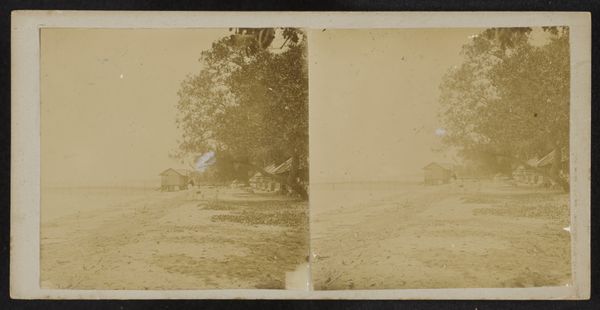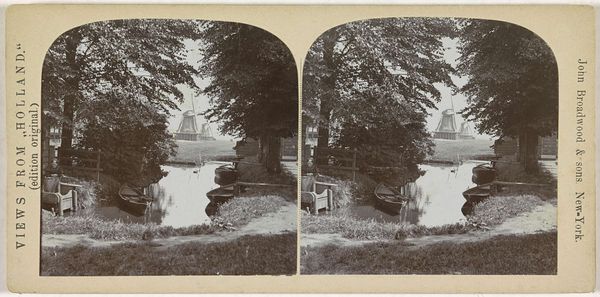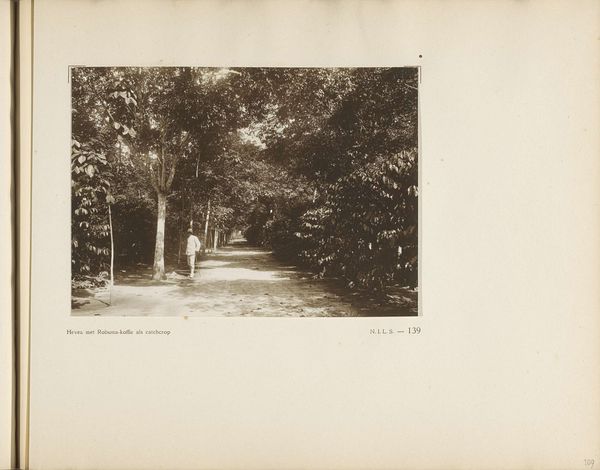
#
toned paper
#
water colours
#
charcoal drawing
#
possibly oil pastel
#
carved into stone
#
underpainting
#
watercolour bleed
#
watercolour illustration
#
mixed medium
#
watercolor
Dimensions: height 80 mm, width 157 mm
Copyright: Rijks Museum: Open Domain
Curator: This is Geldolph Adriaan Kessler's "Woning aan de rand van een beek," dating back to 1904 and residing here at the Rijksmuseum. The work utilizes a mixed medium of watercolors, charcoal drawing, and potentially oil pastel on toned paper. Editor: It feels quite melancholic, even in this photographic representation. The monochromatic tones give the impression of a bygone era, almost dreamlike. Curator: It’s fascinating how Kessler uses this subdued palette to render a rather common subject. At the time, there was an emphasis on capturing scenes of everyday life and the Dutch landscape, and we can see that ethos in play here. These pastoral images celebrated simplicity and rural life amidst rapid industrialization and urbanization. Editor: The choice of a toned paper as a base really impacts the feeling of intimacy with the viewer. It also softens the harsh lines, and seems to invite the viewer to reflect. This is further emphasized by the elevated vantage point from which we observe the building. Are we meant to aspire towards it? Are we separated from it? Curator: The positioning of the house suggests a commentary on the relationship between humanity and nature, a common theme within that era's artistic discourse. The home, as the center of life, is placed almost secondary, set back behind and enshrouded by the vast forest in the fore. Consider also how the choice of using watercolours would emphasize feelings of transparency in regards to these socio-political underpinnings. Editor: It is indeed as though we are given a double vision that places a stark contrast to those idealized images by underscoring its precarity and the sense of potential loss with encroaching industrial growth. I’m intrigued by what stories this humble abode and its occupants hold within the grand narrative of the time. Curator: Certainly a reflection point of this important moment in time and history. It is an open book through which viewers can discover what these rural scenes signified for our history and collective culture. Editor: I am leaving here with many complex thoughts on our connection to our roots.
Comments
No comments
Be the first to comment and join the conversation on the ultimate creative platform.
